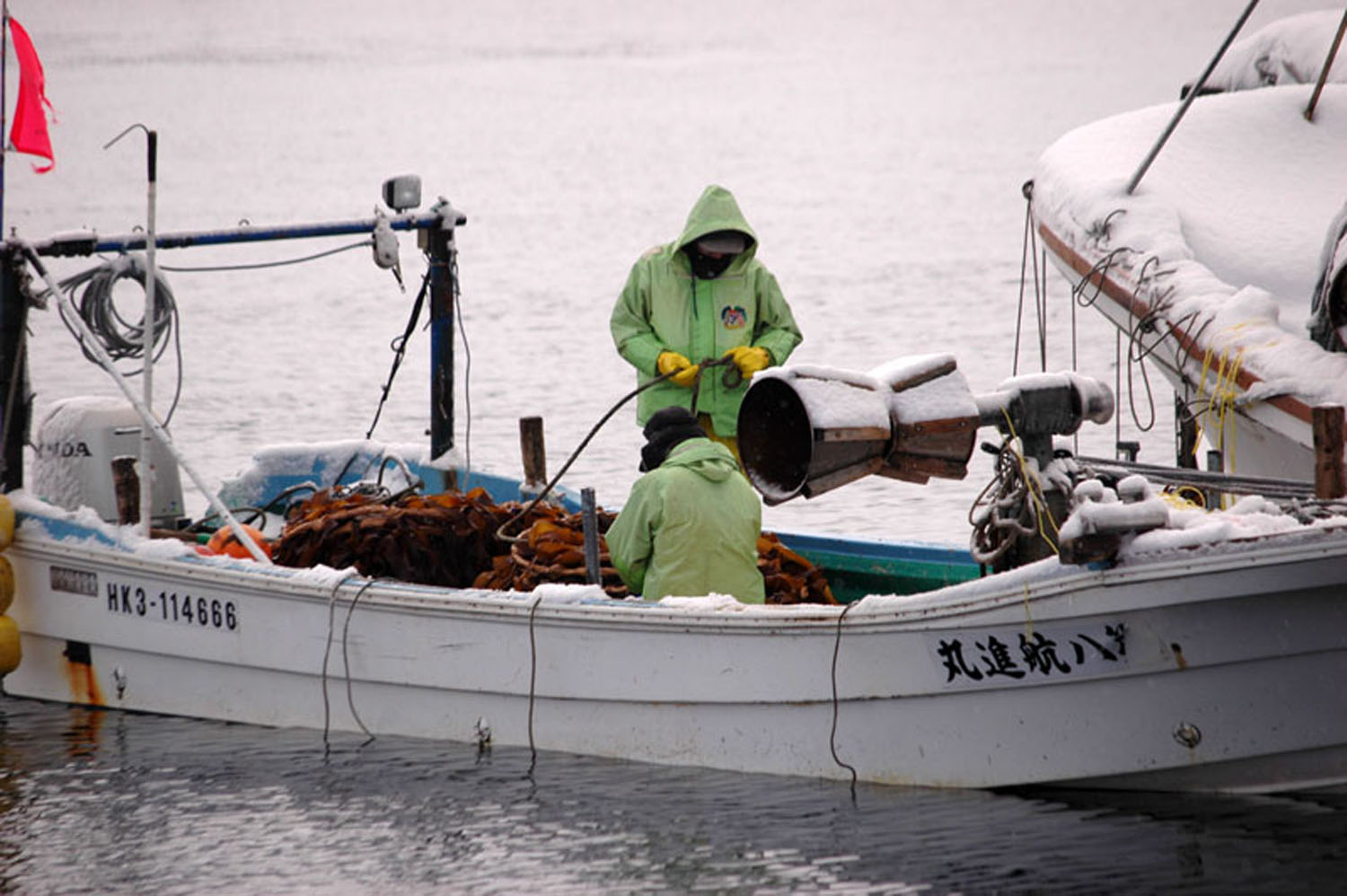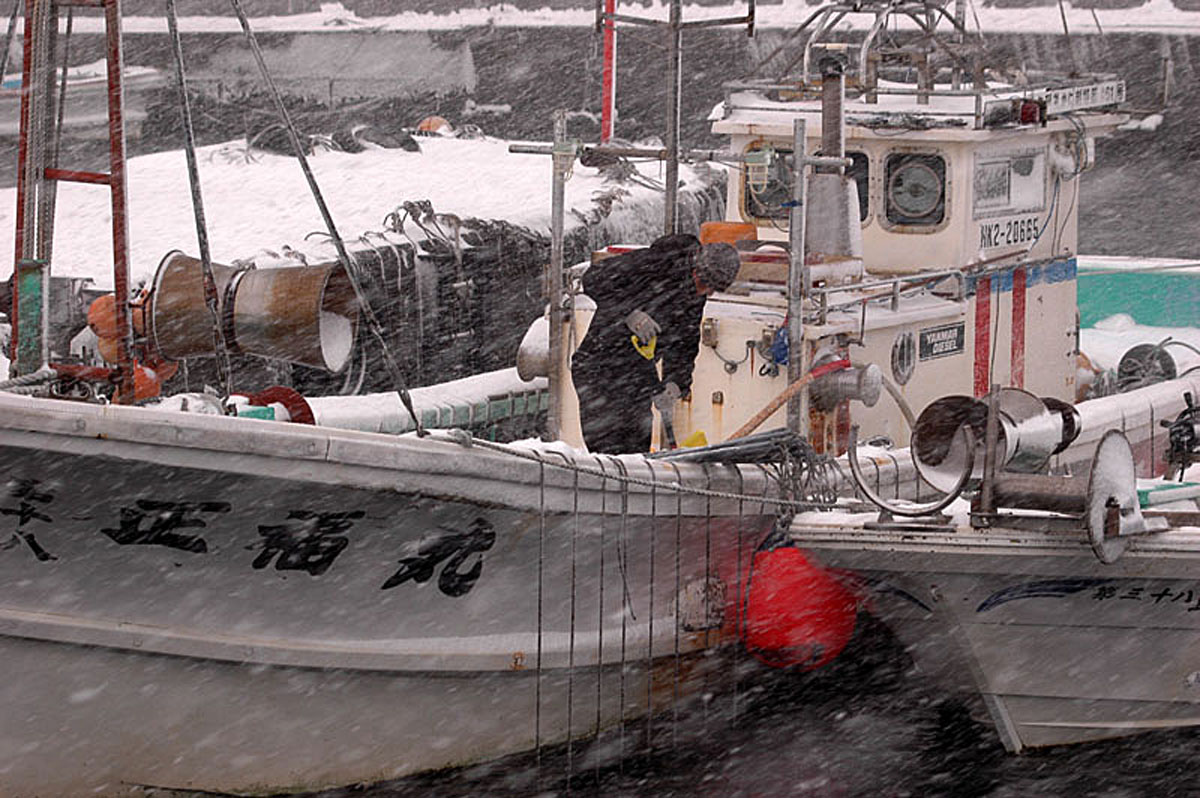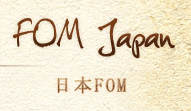Rishiri Winter 2012
Tuesday, January 31st, 2012
The last day of December 2011 – the day before the New Year of 2012 – the north wind blew off the cloud-cover over Mt. Rishiri and her rugged, snow-covered peaks appeared. The people of Rishiri turned toward our beloved mountain and gave thanks for another year of vigor and vitality.
辛卯・平成23年の大晦日. 利尻山にかかっていた雲を飛ばして秀麗の姿をあらわした。たくさんの元気をくれた利尻山に感謝.

“Farming” konbu in the middle of winter on Rishiri.
Konbu can grow 3-10 meters long in two years on the coasts of Rishiri Island; it is harvested and sun dried before being shipped. Only Konbu which has matured for two years is used for cooking [one-year-old konbu, called ‘water konbu’, does not contain the rich components needed for a good flavor]. Konbu has been a part of the Japanese diet since ancient times, and Rishiri konbu is considered by most Japanese people to be the “best”.

The winter winds blow from the northwest and bring snow to Rishiri. The north wind is called “ai” and the northwestern wind is called “tama“. When these winds blow, we on Rishiri Island exchange greetings: “”Shibareru ne?” – “It’s cold, isn’t it?” [A gross understatement, I think. ~A]
The cold is quite severe and penetrates through clothing to chill the skin. Still, it is necessary to remove the snow and ice from the boats, even on the coldest, most blustery days. There is never any rest for the fishermen of Rishiri.
北から北西の風が吹く利尻島. 北の風はアイ、北西の風はタマと言う。 この風が吹くと,「シバレルネ」が挨拶となる。 寒さが厳しく肌に凍みること。 吹雪いて船に積もった雪をとったり、時化で動かされる船を見たり,島人は真冬から船を守っている。
~ photos and comments by Eiji Nishiya







